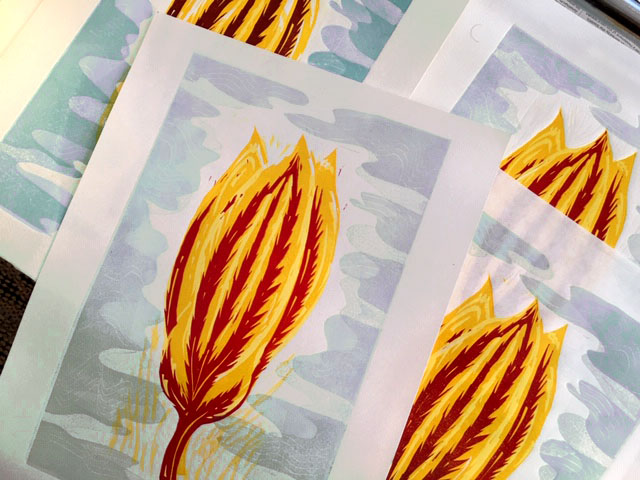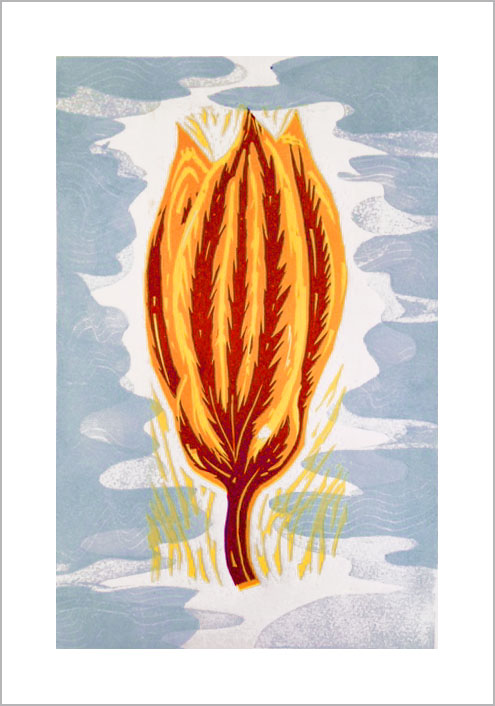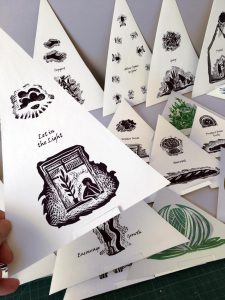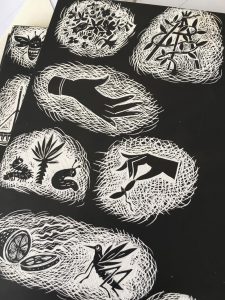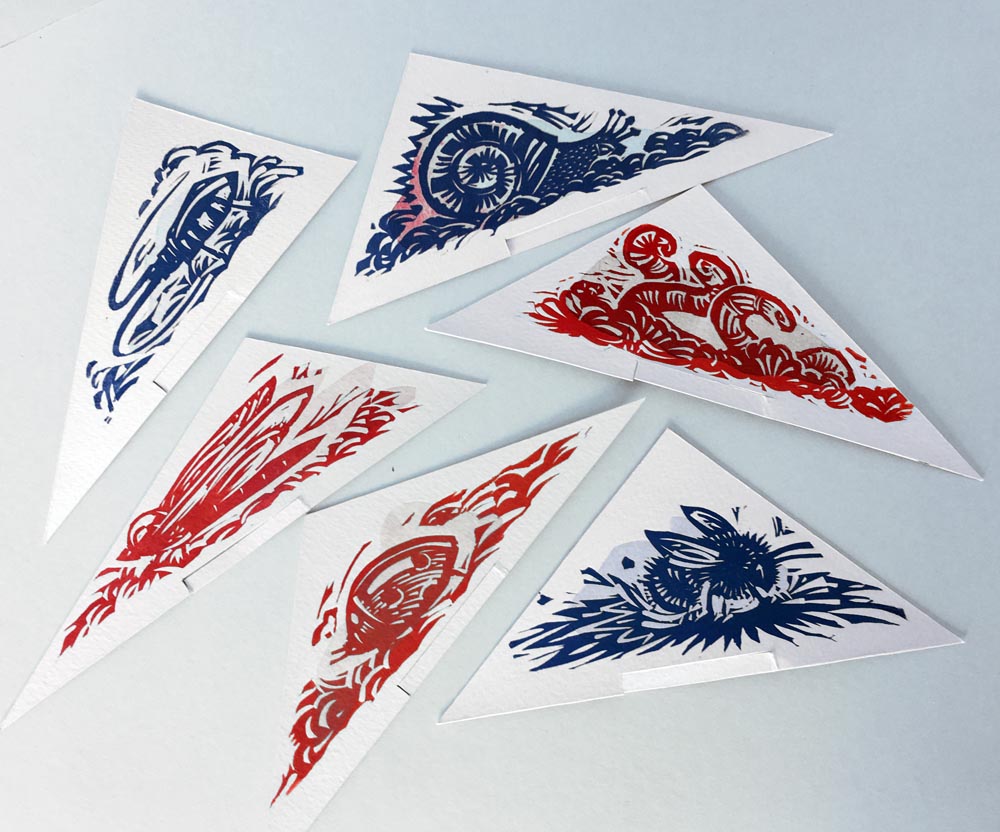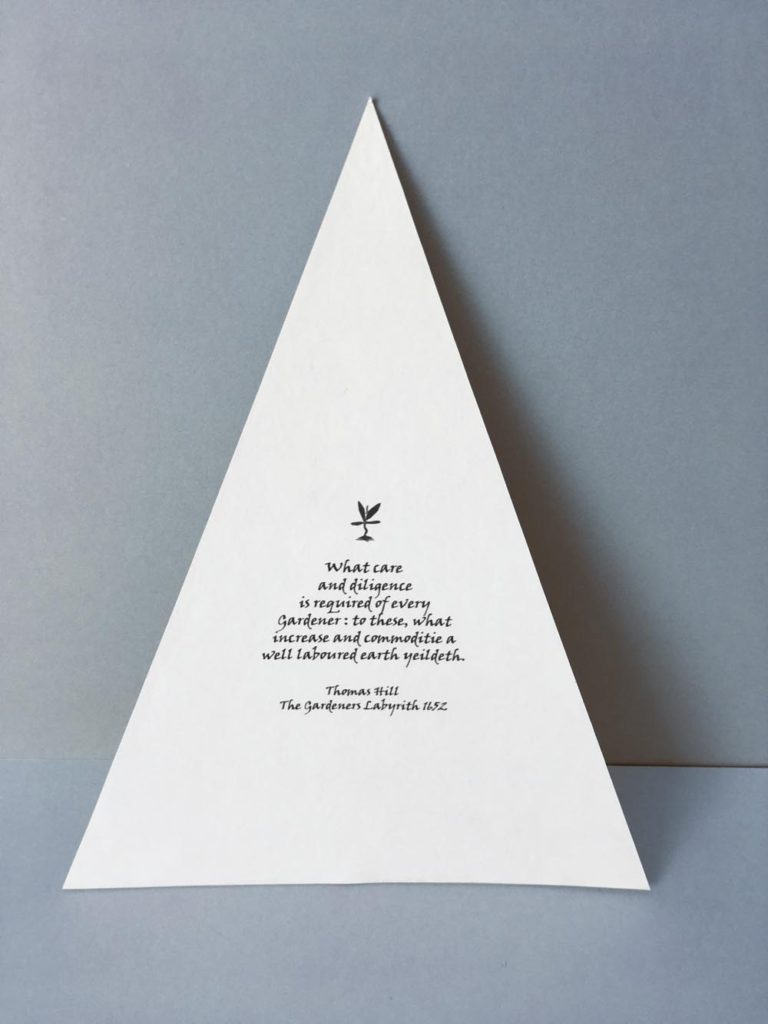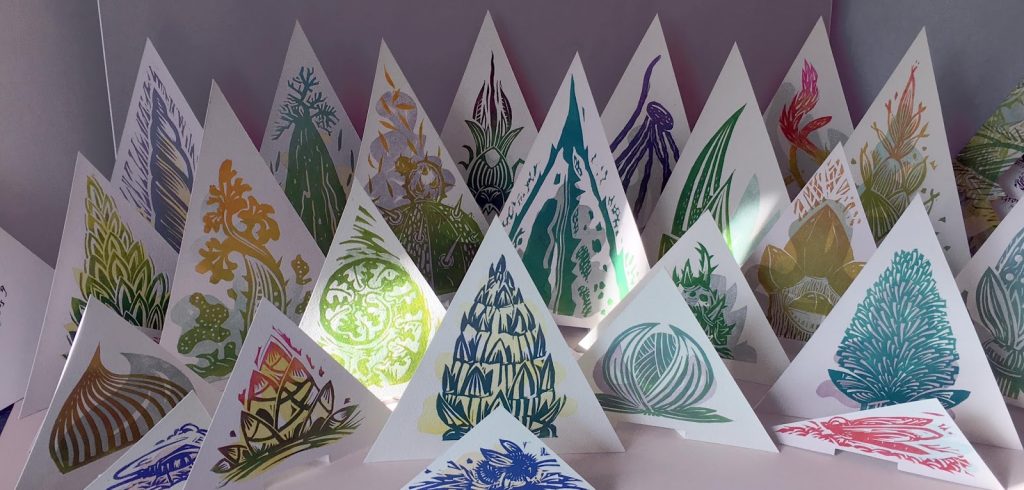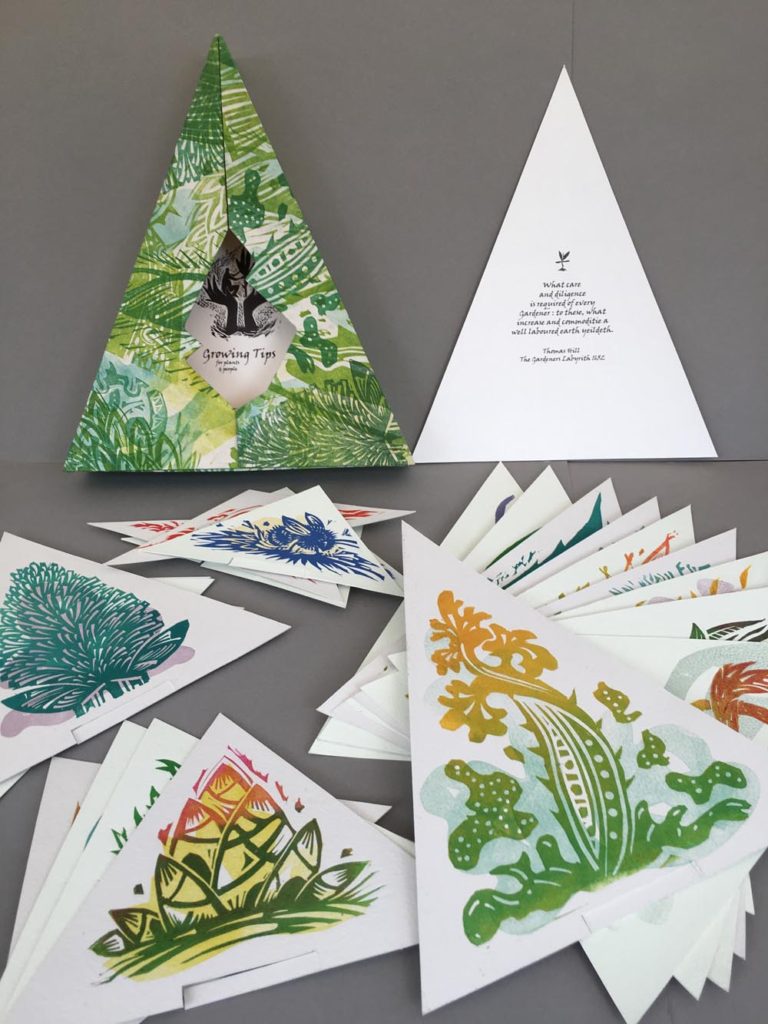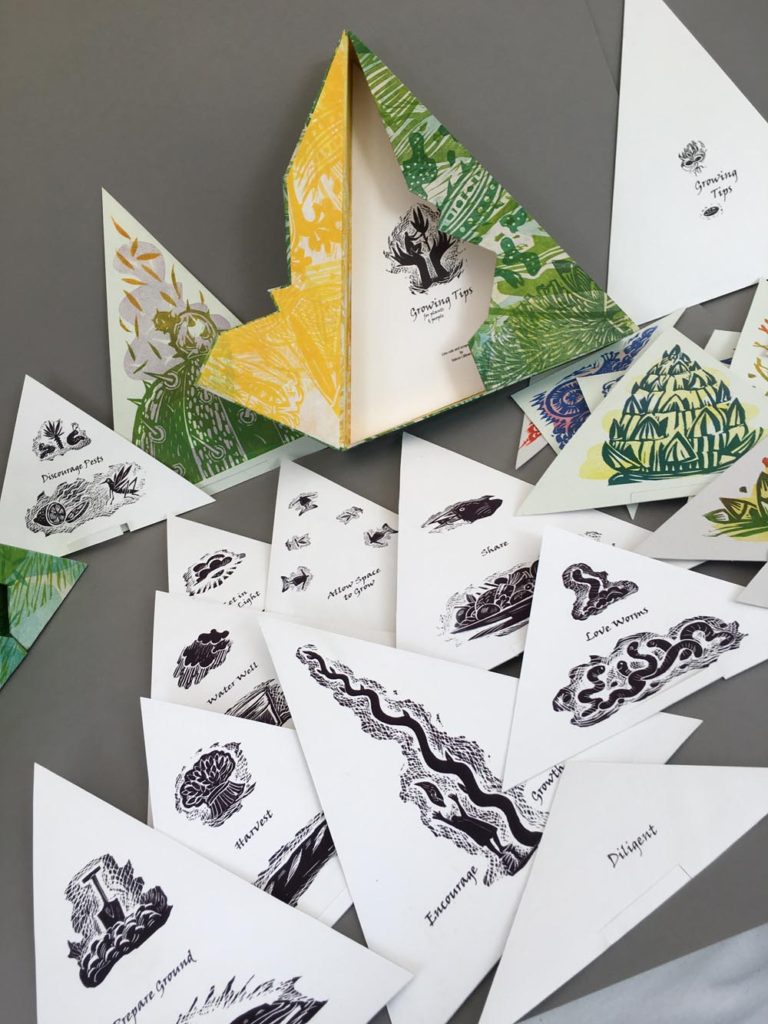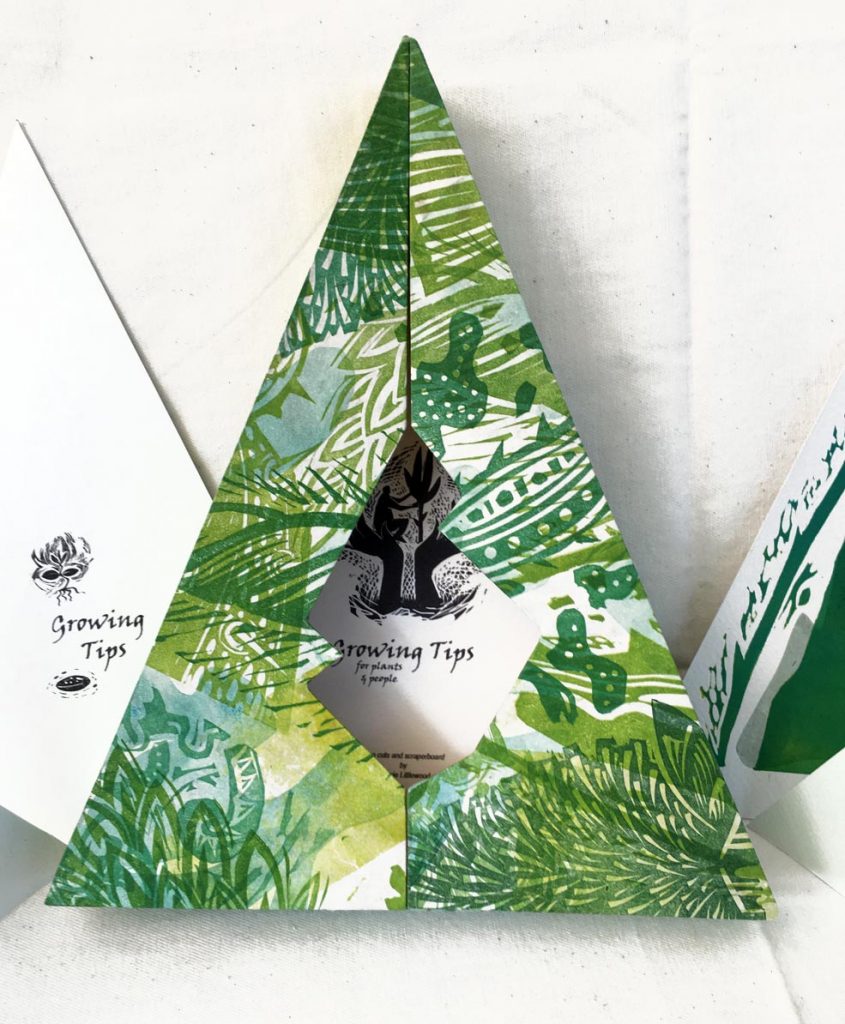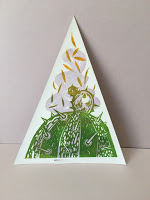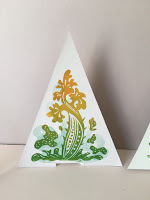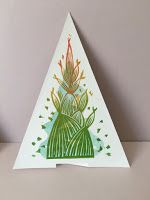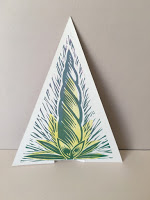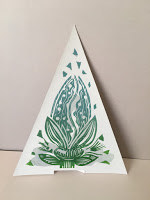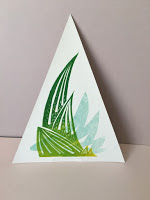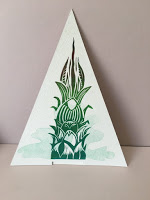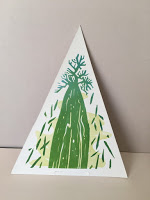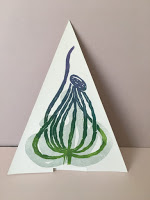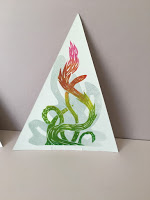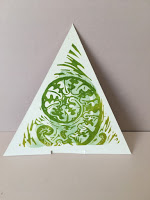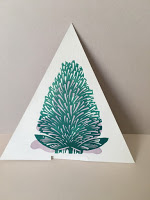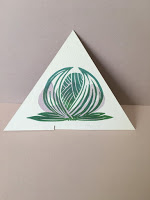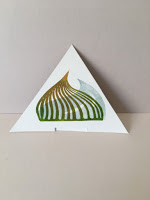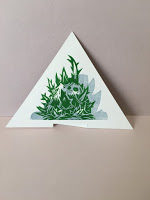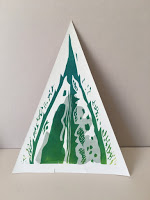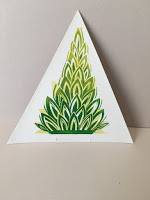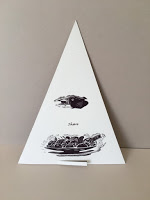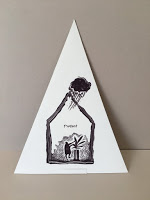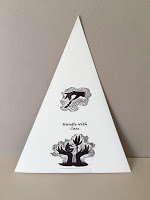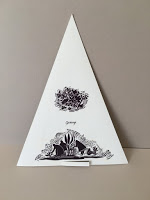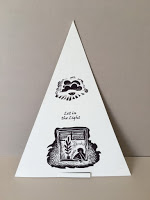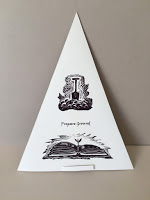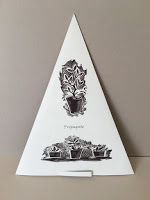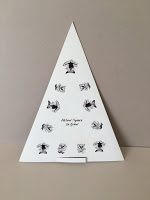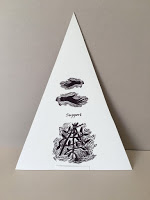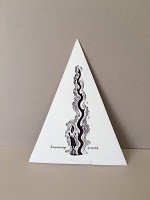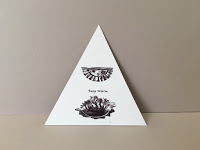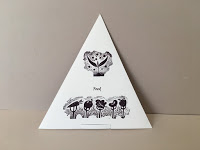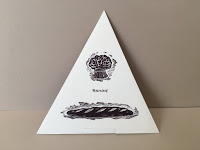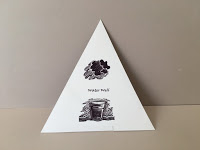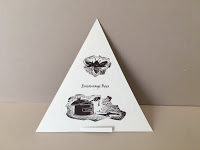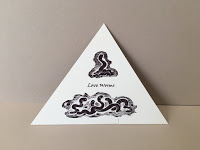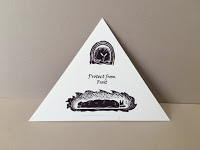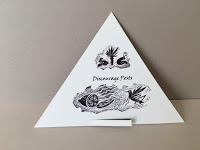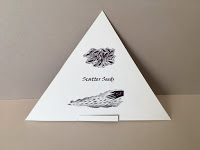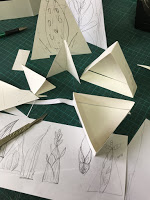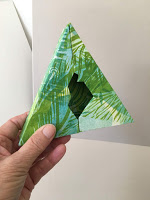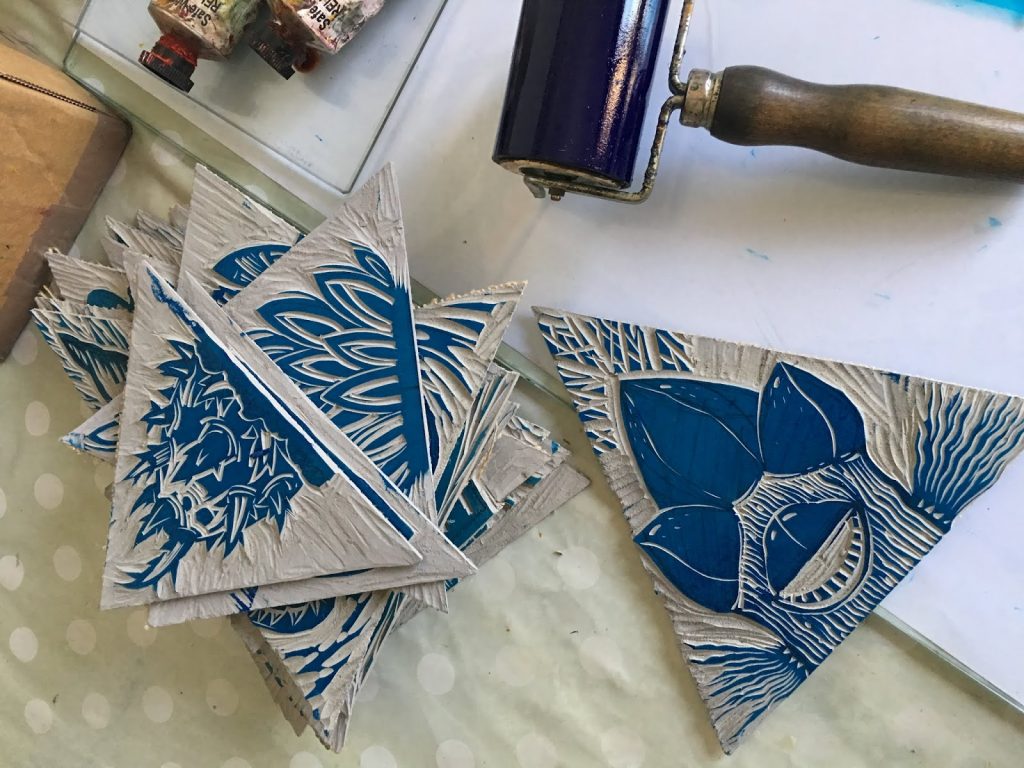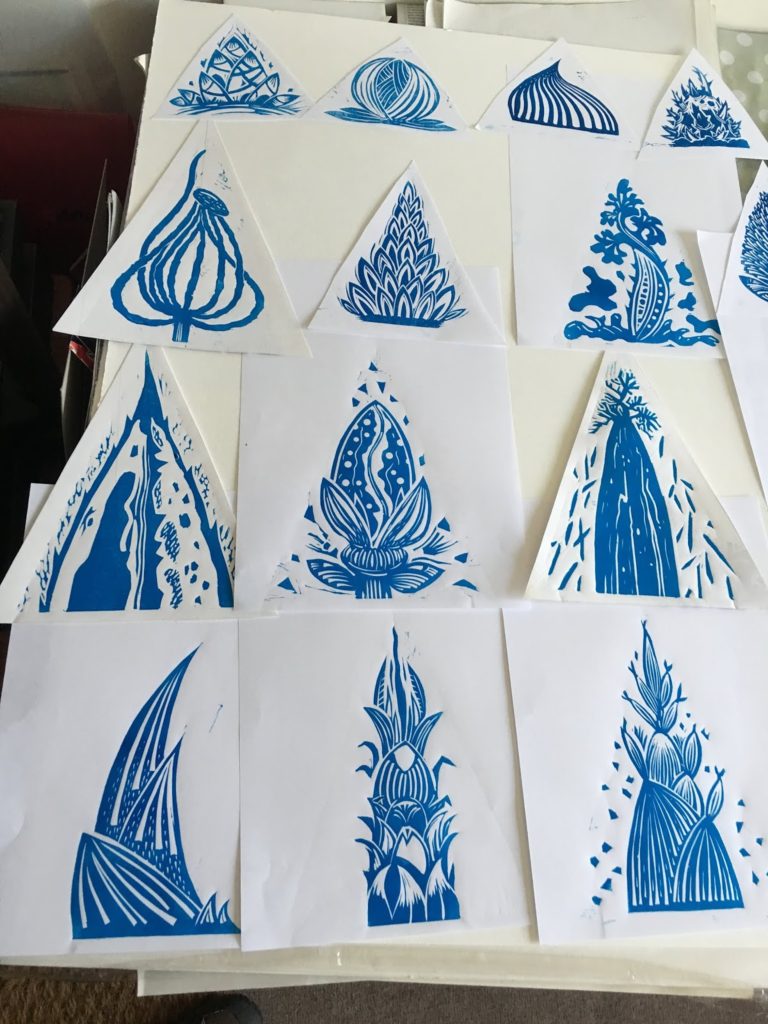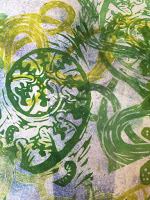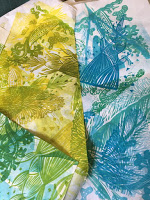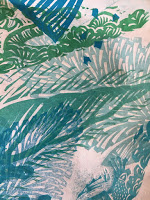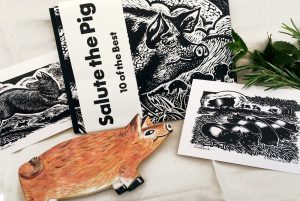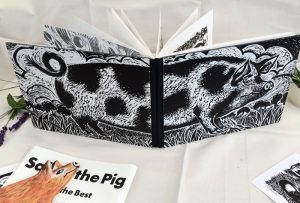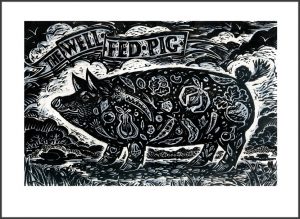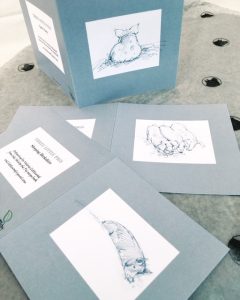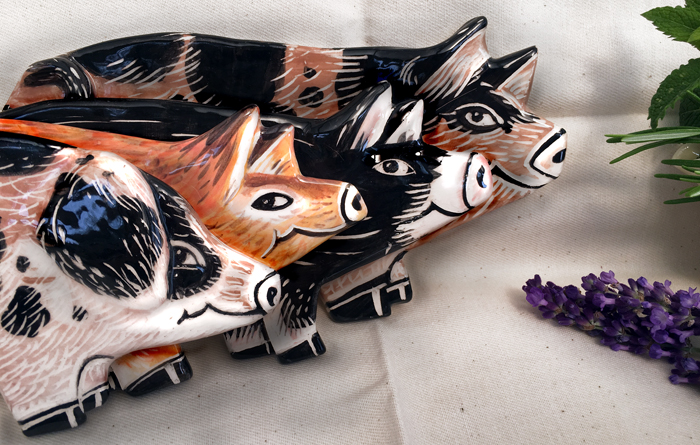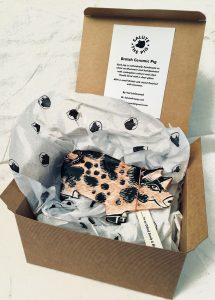I am trying very hard not to be in the depths of gloom about the current situation. Having to stay at home now seems a terrible imposition when normally I would love a week or so without having to go anywhere. I am really hoping to shake off this sense of unease and throw myself into something creative soon.
But I have been busy with a book jacket for a local author and the today the sun is shining, the birds are singing and the delightful Hairy Footed Flower bee males are zooming around the garden. They are also using the bee box as their overnight accommodation. There were three in residence yesterday, sheltering from a cold early morning wind. They are just waiting for the females to emerge so whiling away the hours sipping nectar, patrolling their patches of comfrey and pulmonaria and resting.

The little white nose of a HHFB peeping out from his overnight shelter.
This is a short clip of an early mining bee having a spruce up. I had found her on the path and moved her to safer ground.
Meanwhile because of the virus Chris and I decided not to attend a couple of courses last weekend in London. His writing and mine a Japanese woodcut course at City Lit which I had been really looking forward to..oh sad sad..
But in a spirit of solidarity I tried one at home following some guidelines from some old notes I had. Lots of problems and wrong turns, including poor cutting and inking and blobby prints but if you can get it right it is a beautiful technique.
Soft colours and water based.
I hesitate to post these rather poor blocks and prints but it does show I have not just been twiddling my thumbs.



Trial of 4 colour woodblock print
Then there are lots of jobs I could do in the house and garden….. I suppose… But all I want to do is GO OUT. 🙂
I hope you are all taking care of yourselves and no doubt putting me to shame by using your time wisely and productively!
More about the bird book in the next post ….



























